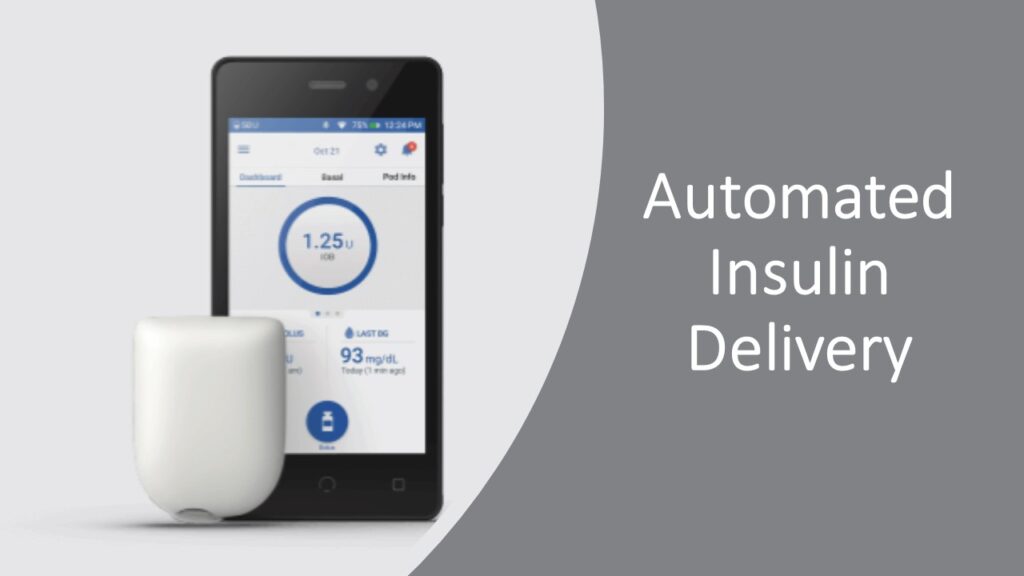Should You Get an Insulin Pump? Understanding Insulin Delivery Systems for Better Diabetes Management
Share IT

Launch Your Dream Website with Us!
Click Here to Get in touch with Us.
Categories
Insulin Delivery Systems
A Guide to Improved Diabetes Management: An Understanding of Insulin Pumps and Delivery Systems
Controlling blood sugar levels is essential for diabetics. Using traditional procedures, insulin is injected many times a day (MDI). On the other hand, insulin pumps present a different strategy that delivers insulin more consistently and precisely. This blog post provides you with extensive knowledge by delving deeply into insulin pumps and delivery systems.
Thank you for reading this post, don't forget to subscribe!Table of Contents

An Insulin Pump: What Is It?
Insulin Delivery Systems
A little, electronic gadget called an insulin pump replicates the pancreas’ normal insulin secretion. Insulin is delivered in two methods:
- Basal insulin: is a low-level insulin that is continuously administered throughout the day to keep blood sugar levels at their starting point.
- Insulin bolus: A quick-acting dose given either before a meal or to treat elevated blood sugar.
The cannula, which is a thin, flexible tube placed beneath the skin, generally in the belly, is connected to the pump. Insulin is released into the fatty tissue after passing through the tube.
Insulin Pump Benefits
Insulin Delivery Systems
- More accurate insulin delivery: Compared to injections, pumps provide more control over the basal and bolus doses. Better emulation of the body’s normal insulin rhythms is made possible by this.
- Better glycemic control: Accurate insulin administration can result in more stringent blood sugar regulation, which may lower the risk of long-term consequences from diabetes.
- Flexibility: Depending on blood sugar levels, meals, and activity levels, pumps enable modifications to insulin delivery.
- Lessened injection burden: By doing away with the necessity for several daily shots, pumps improve convenience and lessen discomfort.
- Integration with continuous glucose monitoring (CGM): More recent pumps have the ability to interface with CGMs, which offer blood sugar measurements in real time. This enables the administration of insulin to be further adjusted in response to the present glucose levels.
Insulin Pump Types
Insulin Delivery Systems
There are various kinds of insulin pumps available, and each has special characteristics:
- Conventional pumps: These need bolus calculations and basal rate setting done by hand.
- Basal-IQ pumps: Based on CGM measurements, these pumps automatically modify basal insulin administration.
- Closed-loop systems (artificial pancreas): also known as artificial pancreas, are the most sophisticated insulin pumps available. They replicate the actions of a real pancreas by automatically adjusting basal and bolus insulin delivery in response to CGM data.
Things to Take Into Account When Using Insulin Pump Therapy
Insulin Delivery Systems
- Lifestyle: For those who struggle with MDI adherence or who need more flexibility in their diabetes care, pumps might be a useful option.
- Training and dedication: Comprehensive instruction in pump operation, programming, and troubleshooting is necessary for the efficient use of an insulin pump.
- Cost: Supplies and pumps can be pricey, and insurance policies have different limits.
Crucial Elements of an Insulin Delivery Mechanism
Insulin Delivery Systems
- Reservoir: Holdings This attaches to the pump and stores the insulin.
- Cannula: Insulin is delivered by a cannula, a small tube that is inserted beneath the skin.
- Infusion set: The infusion set is what attaches the pump to the tubing and cannula, if any.
In summary
Insulin Delivery Systems
Insulin pumps are a high-tech method for managing diabetes, giving users more flexibility and control over how high or low their blood sugar should be. You can decide whether an insulin pump is the best option for managing your diabetes by speaking with a healthcare provider.
Notice: The information in this blog post is general in nature and should not be used in place of expert medical advice. It is always advisable to speak with your healthcare practitioner about the best course of action for your particular need.

Launch Your Dream Website with Us!
Click Here to Get in touch with Us.





























































Recent Comments